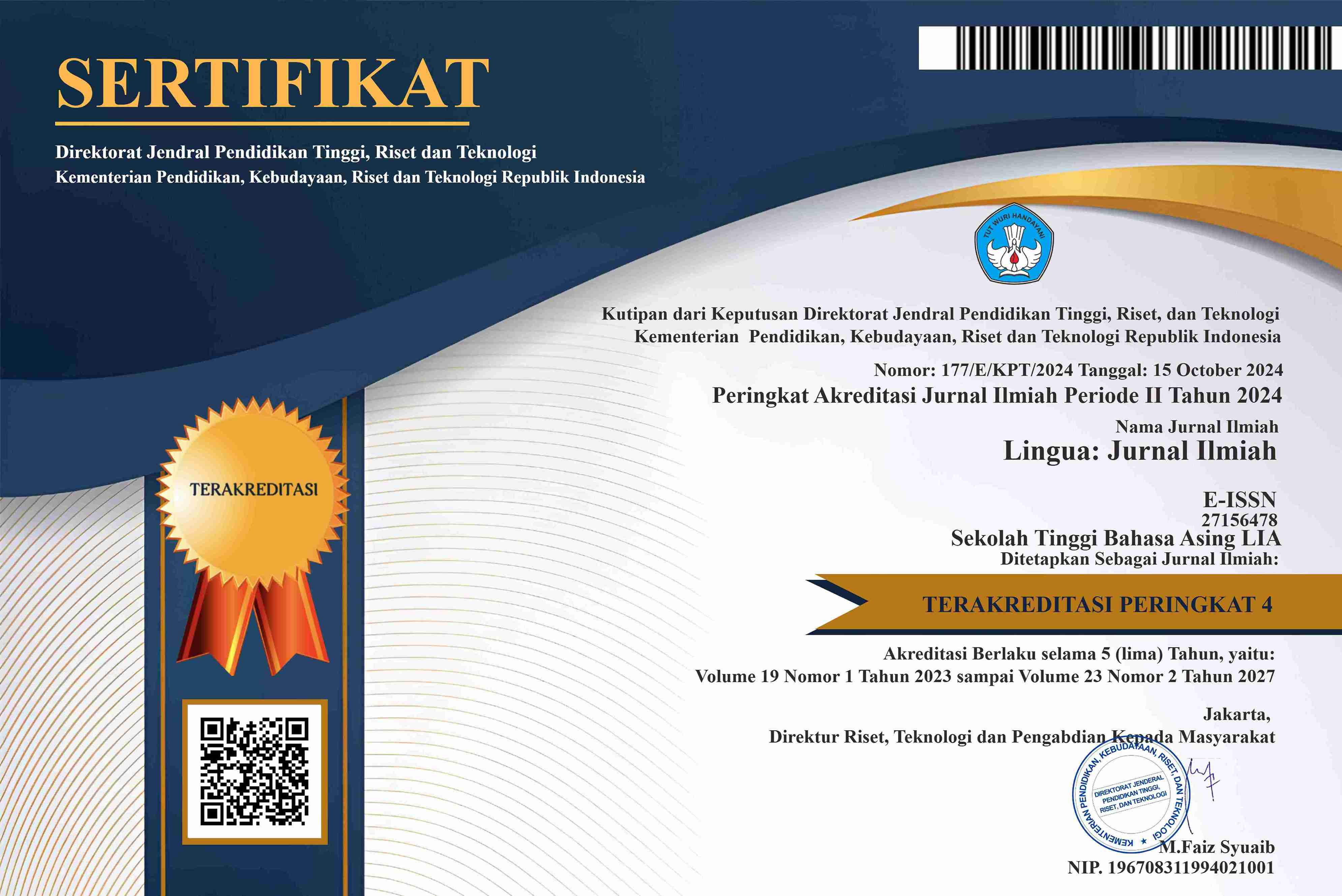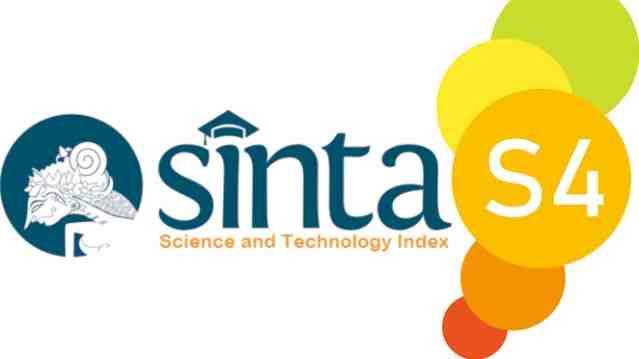EUFEMISME DAN DISFEMISME PADA TEKS TERJEMAHAN BERITA MERDEKA.COM: ANALISIS WACANA KRITIS BERBASIS KORPUS
Kata Kunci:
news translation, euphemism, dysphemism, critical discourse analysis, corpusAbstrak
Dysphemism and euphemism expressions are frequently used in news texts,
especially in hard news reporting on politics, conflicts, and tragedies. This study aims to
analyze the change of dysphemism and euphemism expressions in Target Text (TT)
Merdeka.com when they are translated from Source Text (ST) BBC.com. This study was
descriptive qualitative research with linguistic data corpus and used critical discourse
analysis proposed by Van Dijk in analyzing the meaning of each expression based on a
semantic lexical approach. The data used in this study were corpus parallel data taken
from 25 ST and 25 TT. The result of this study shows that dysphemism is mostly found in
ST which is 65% while euphemism is only found in 35%. This study also reveals that some
dysphemism and euphemism expressions change when they are translated to TT, namely
euphemism into dysphemism by 23%, dysphemism into euphemism by 7.57%, deletion of
dysphemism by 1.01%, and addition of dysphemism by 0.5%. Based on these results, it can
be concluded that dysphemism is mostly found in ST and TT and both dysphemism and
euphemism can change when they are translated into TT to be adjusted with the condition
of the TT reader.
Unduhan
Diterbitkan
Cara Mengutip
Terbitan
Bagian
Lisensi
Hak Cipta (c) 2024 Dede Wiharto, Haru Deliana Dewi

Artikel ini berlisensi Creative Commons Attribution-NonCommercial-NoDerivatives 4.0 International License.












